
Curator’s statement
Luxor, often called the world's greatest open-air museum, is a treasure trove of ancient Egyptian history and culture. Home to the awe-inspiring Valley of the Kings, the grand Karnak Temple and the illuminated Luxor Temple, it offers a mesmerizing journey back in time. This vibrant city along the Nile River enchants visitors with its blend of historical wonders, rich cultural heritage and stunning landscapes alongside friendly locals and warm hospitality.
The Fora Difference
Book with Kaitlin to access exclusive perks and experiences on your trip.
Killer perks
Free upgrades, spa credits and more—we got you
Personalized recs
Customized travel planning for your style
Insider knowledge
Expert advice from people who’ve actually been there
Where to stay
Unlock perks by contacting Kaitlin to book your trip.
Day 1: Ancient Tombs and Mortuary Temples
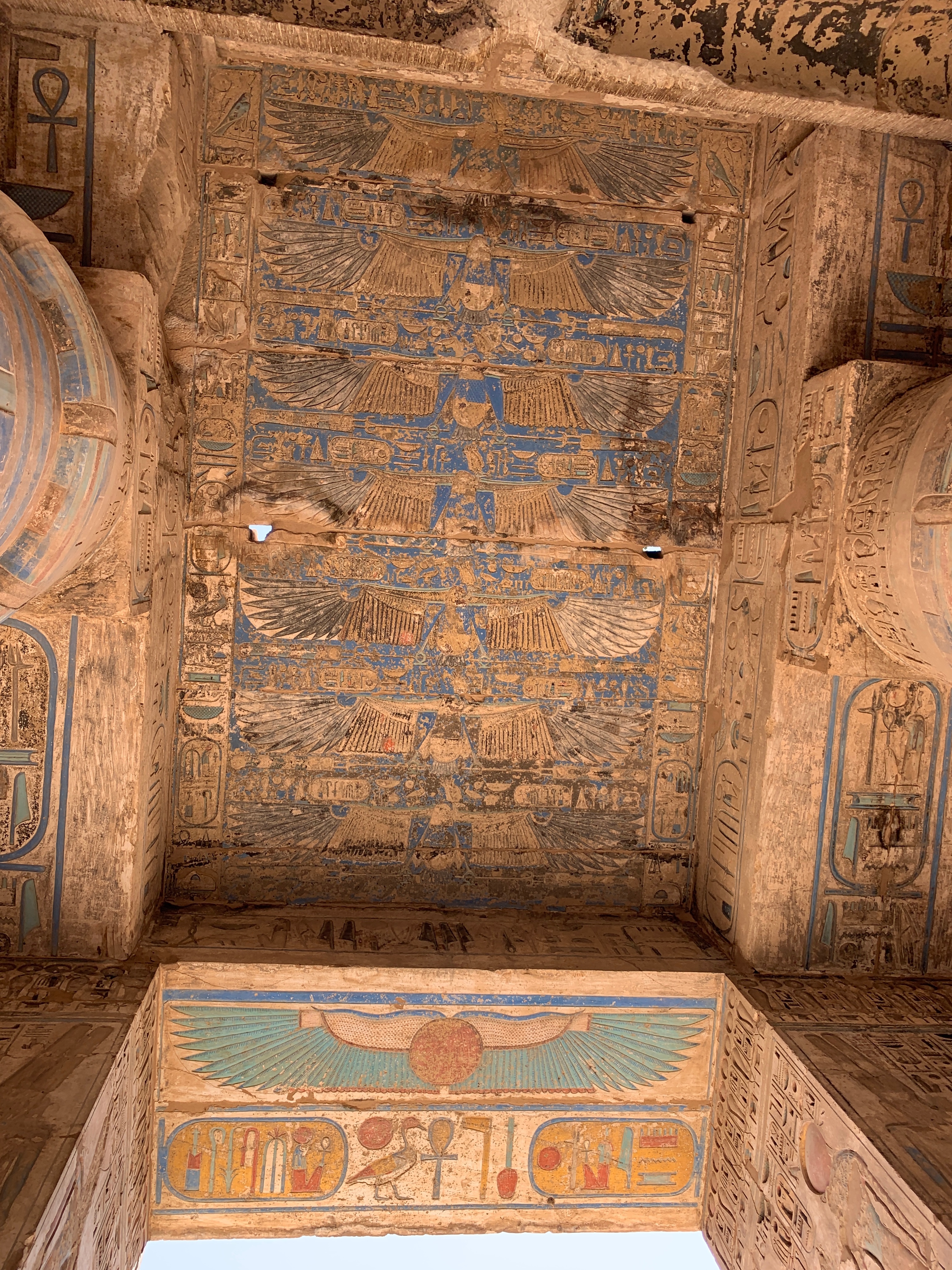
Morning: Valley of the Kings and Hatshepsut's Temple
Start your adventure with a visit to the Valley of the Kings, where you will find the tombs of many famous pharaohs, including King Tutankhamun himself. I recommend organizing a tour through your hotel for your first visit as it helps to listen to the stories of the pharaohs and understand the significance of the tombs. Beyond the standard ticket, there are additionally options to enter the most splendid tombs for an extra cost. Therefore, if you are a history lover, make sure to discuss with your guide which tombs you want to visit in advance to purchase the correct ticket.
After exploring the Valley of the Kings, you can experience the magnificent Dei-el-Bahri, or Hatshepsut's mortuary temple. Known for being the woman king who ruled Egypt, Hatshepsut's temple is an amazing place to get a glimpse of ancient Egypt's architecture and stories carved on the walls.
Don't forget to arrive early to beat the heat and the crowds!
Afternoon: Medinet Habu or the Ramesseum
After a morning immersed in ancient history, head to Medinet Habu, the mortuary temple of Ramesses III. This lesser-visited site is renowned for its well-preserved reliefs and vibrant colors. Alternatively, you can visit the Ramesseum, the mortuary temple of Ramesses II, known for its colossal statues and extensive reliefs depicting the pharaoh’s achievements. Afterwards, you can return to your hotel for a relaxing evening at a restaurant along the Nile river.
Day 2: Majestic Temples and Scenic Rides
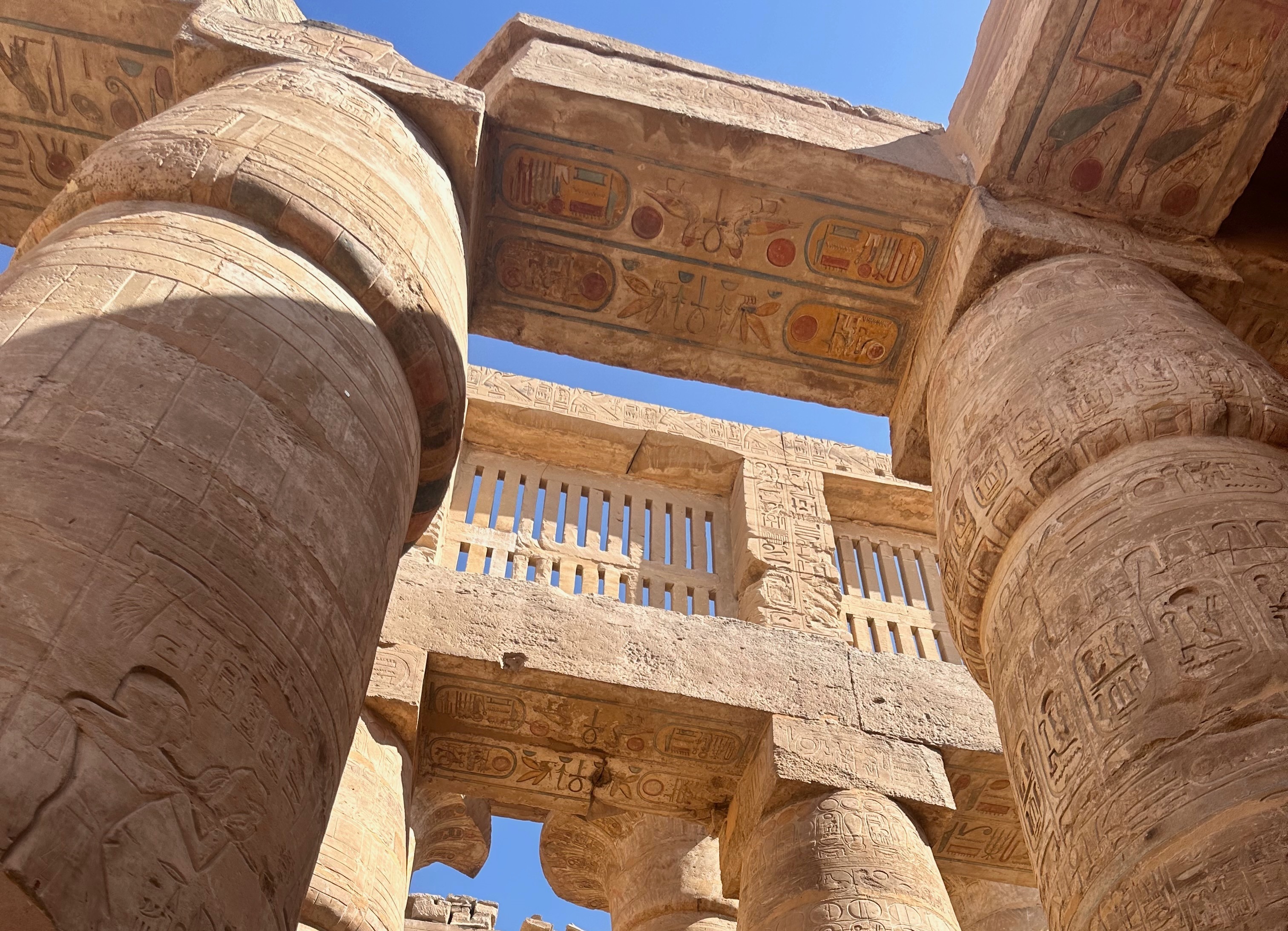
Morning: Karnak Temple
Begin your second day at Karnak Temple, one of the largest religious complexes in the world. Spend your morning exploring the massive columns of the Hypostyle Hall, the sacred lake, and the various chapels and obelisks dedicated to different gods and pharaohs. For someone visiting for the first time, I recommend hiring a local guide to share with you the historical facts and significance of the temple and the surrounding complex. However, try to discuss your plans with the guide beforehand depending on your intentions for photographs or videos. While many guides attempt to beat the heat by rushing through the complex, you can enjoy a relaxing time taking photos and videos!
After visiting the temple eight times, I suggest to not only explore the main temple, but also stroll through the surrounding complex. If you have energy after walking through Karnak, walk towards the newly opened Avenue of the Sphinxes, which connects Karnak and Luxor temples. While you can walk the entire path and finish your stroll in the heart of the city at Luxor temple, I suggest not doing so in the middle of the day as there is no shade.
Afternoon: Felucca Ride and Relaxation
After a long day of exploring Karnak and the Avenue of the Sphinxes, you can head back to your hotel for a felucca ride on the Nile at sunset. The easiest way to plan a felucca ride is to arrange with your hotel beforehand. As you glide down the river, you can enjoy a beautiful view of the landscape and the sunset over the Valley of the Kings. Alternatively, if you are not a fan of boats that rock back and forth, you can take a duffy boat down the river.
Day 3: Temples and Market Exploration
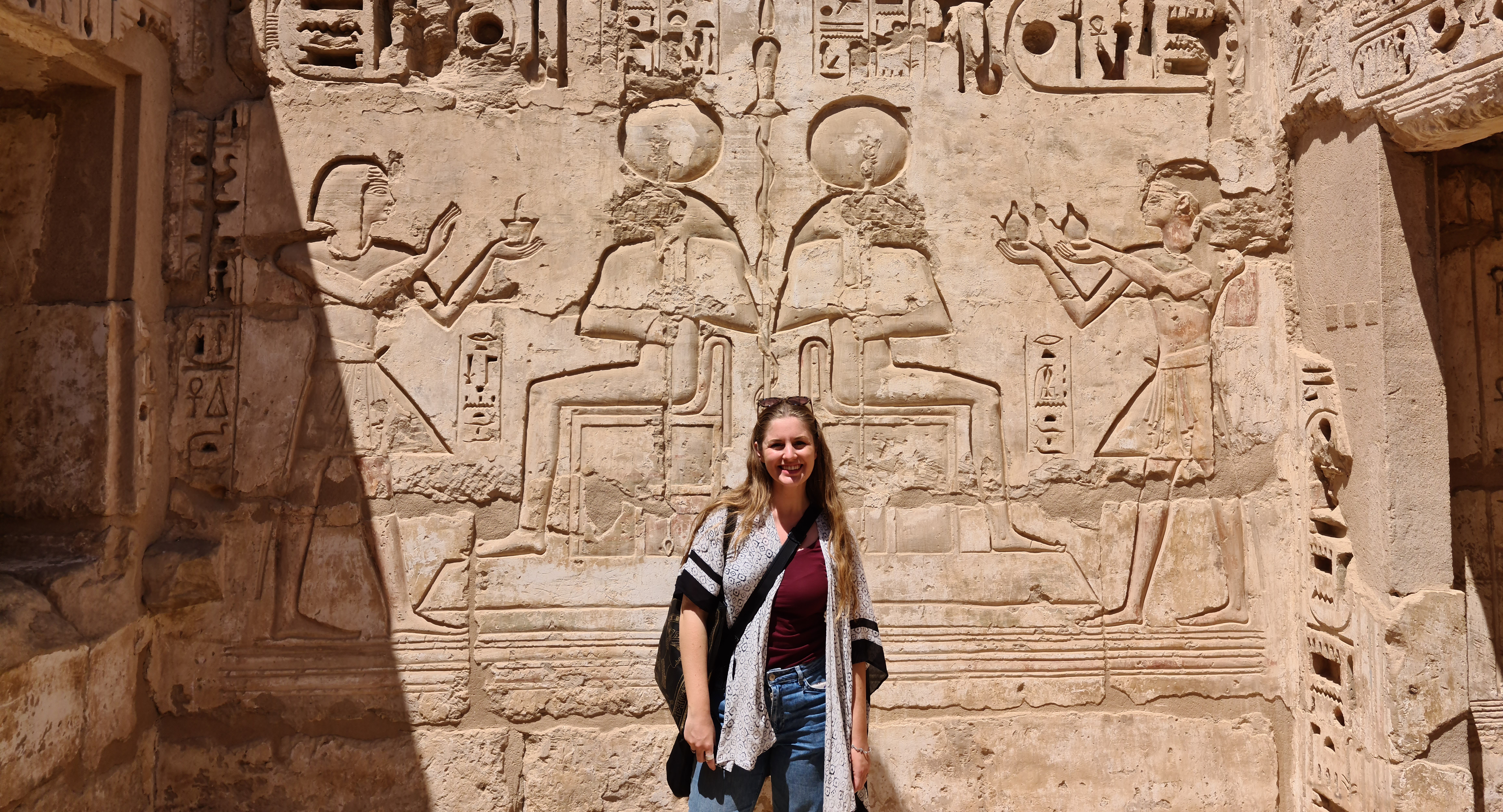
Morning: Luxor Temple
Begin your day by exploring Luxor temple in the morning. There you can experience colossal statues and witness the intersection of many different faiths over time. If you haven't already done so, you can take a stroll down the Avenue of the Sphinxes, which begins at the temple entrance.
Afternoon: Souq and Sunset Dinner
Across the street from Luxor Temple is the main souq (market) and many restaurants. After your visit to the temple, you can have a delicious lunch or dinner at the restaurants across the road from the temple that have an excellent view of the ruins, the Nile River and the west bank. I recommend arriving at the restaurants for an early dinner to watch the sunset over the temple and then stroll through the souq as night falls.
Day 4: Hot Air Balloon, Worker's Village and Luxor Museum
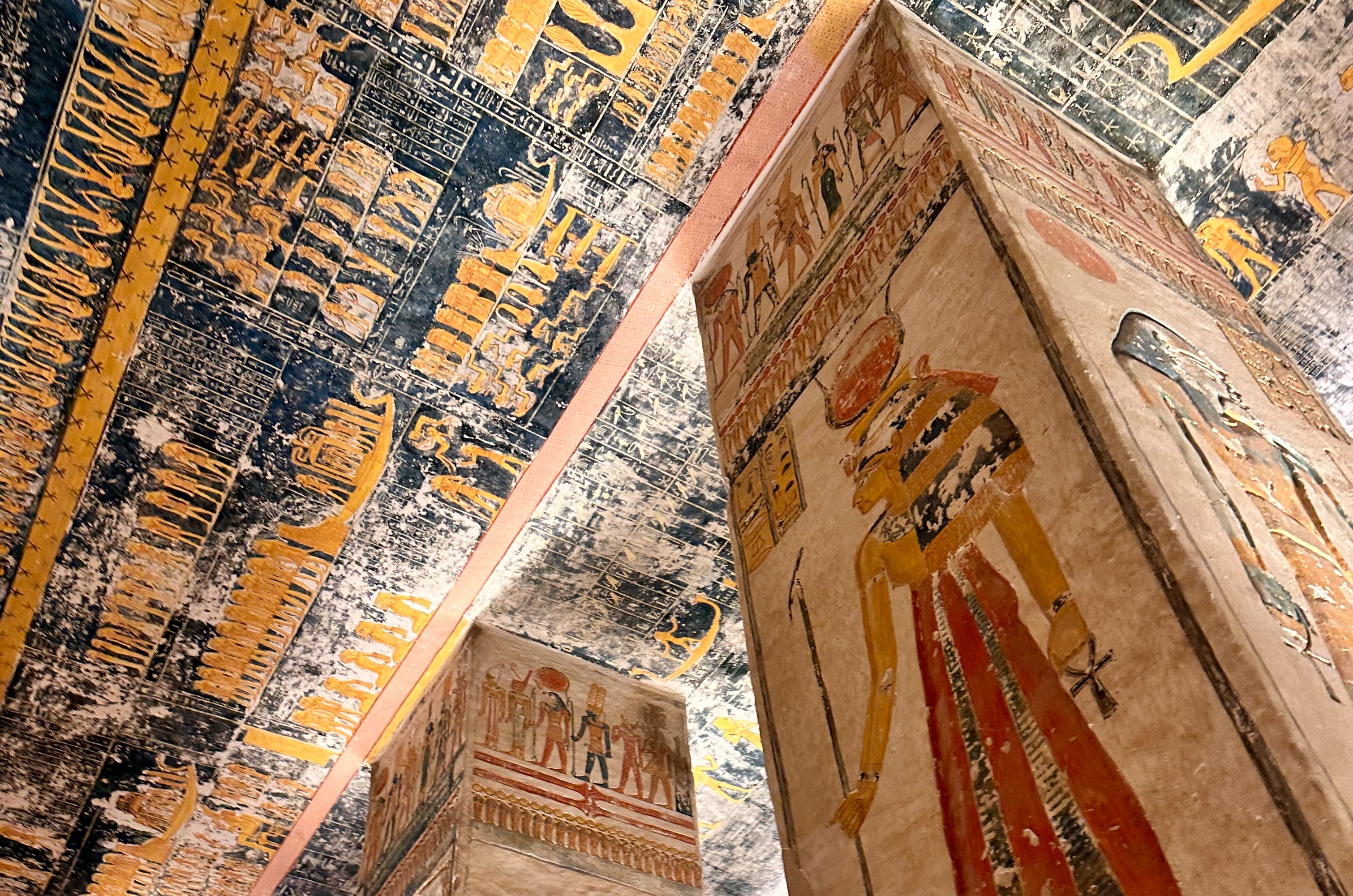
Morning: Hot Air Balloon
One of the highlights of Luxor is taking a hot air balloon ride at dawn above the city. With splendid views of the contrast between the fields and the desert, this experience is a bucket list item! I suggest planning with your hotel or tour guide in advance to have extra time in case the scheduled date is too windy, and you have to postpone.
Requiring visitors to wake up before dawn, the hot air balloons take off on the west bank of the river near the Valley of the Kings. Once in the air, you have an incredible view of the many ancient temples, the powerful river and the never-ending desert.
Mid-Morning: Dier-El-Medina
After returning to your hotel for breakfast, you can spend the day exploring the ancient tombs of Dier-el-Medina. This is the village of the workers who were responsible for crafting the magnificent tombs in the Valley of the Kings. Even though many of the tombs are over two thousand years old, they are so well preserved that the colors appear to have been painted very recently. Here you can learn about the daily lives of the artisans and experience scenes of daily ancient Egyptian life beyond the royal functions.
Afternoon: Valley of the Queens
If you are a history lover and want to explore more off-the-beaten-path tombs, I suggest visiting the Valley of the Queens, where the tombs of the ancient queens and royal children are located. The Valley of the Queens is an ideal destination to be away from the crowds and gain one-on-one time with the ancient royals and the scenes of their lives.
Afternoon Option 2: Luxor Museum
Conclude your trip with a visit to the Luxor Museum. This museum houses a remarkable collection of artifacts, including statues, jewelry and pottery, providing a comprehensive overview of the region's history. The well-curated exhibits offer a deeper understanding of the archaeological sites you've explored!
Day 5: Exploring Dendera and Abydos
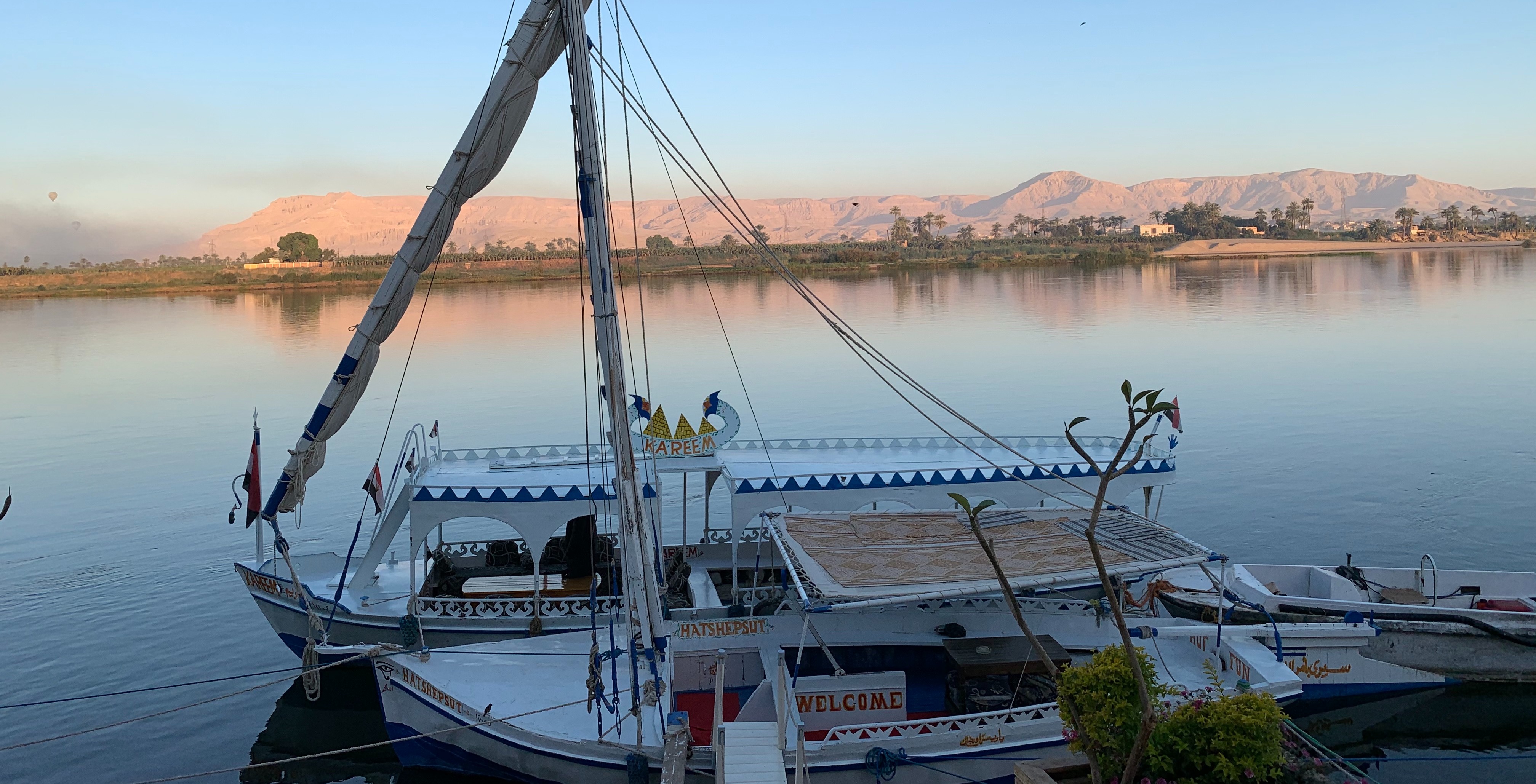
Morning: Abydos Temple
Start your day early with a drive to Abydos, one of the oldest and most significant archaeological sites in Egypt. The Temple of Seti I is the main attraction here, renowned for its well-preserved reliefs and detailed carvings, including the famous King List. Additionally, you can visit the Osireion, known for being the cenotaph of the god of death, Osiris himself.
Afternoon: Dendera Temple
After exploring Abydos, head to the Dendera Temple Complex, dedicated to Hathor, the goddess of love, beauty and music. The drive offers scenic views of rural Egypt, giving you a glimpse into everyday life along the Nile. Here, you can explore the Temple of Hathor, which features astronomical scenes and vibrant colors.
The drive to the temples is about an hour and a half from Luxor, with no traffic. I recommend visiting the temples with a local guide who will provide you with a luxurious van and handle the government checkpoints along the road.
Additional Days
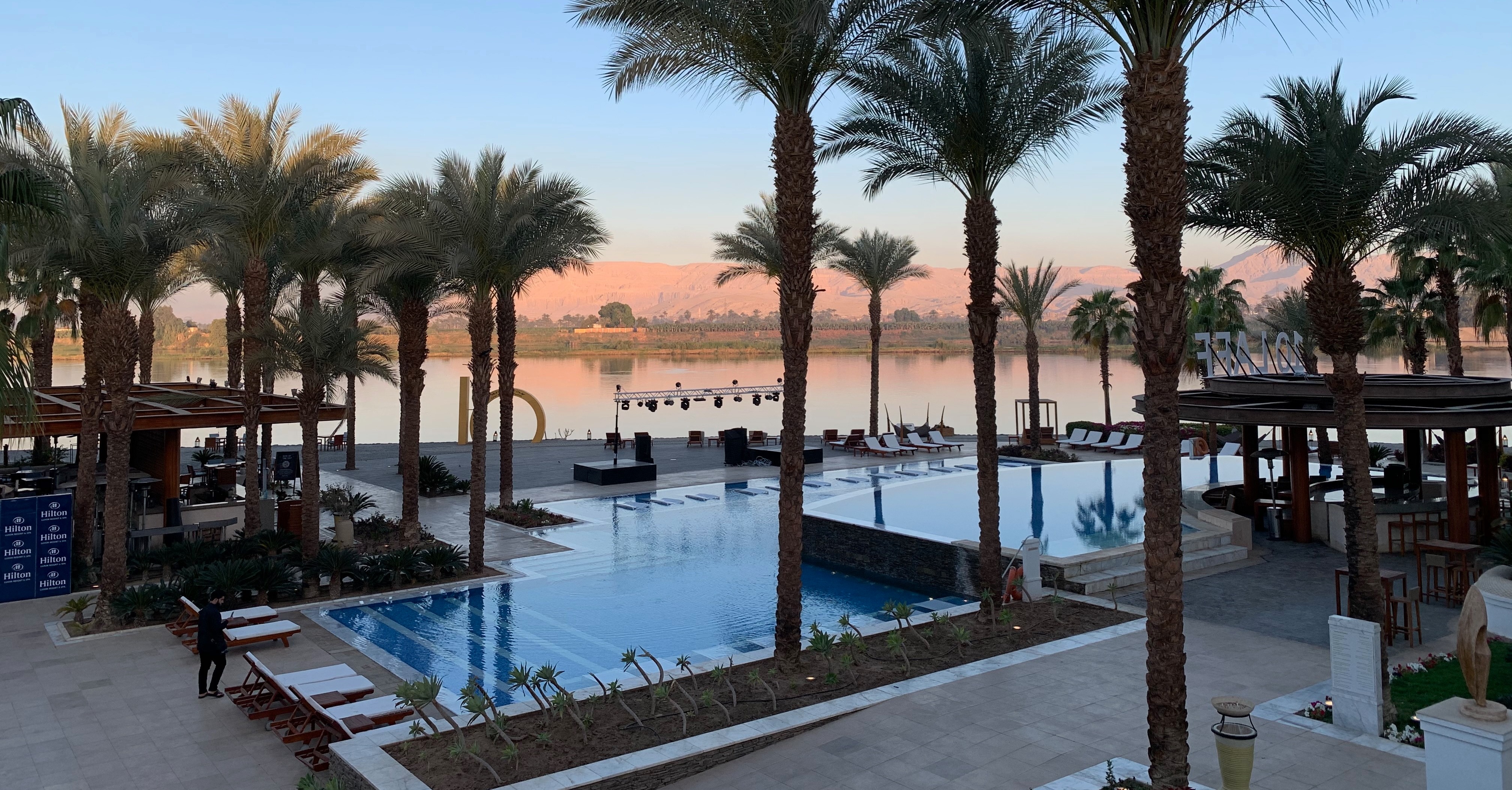
If you have more time in Luxor, I suggest either visiting your favorite sites again or taking a few extra days to visit the beach town of Hurghada. There you can experience the crystal blue water of the Red Sea and relax at the beach.
Need to know
Cultural Tips to Make the Most Out of Your Visit: When visiting Luxor, it's essential to immerse yourself in the local culture to fully appreciate the rich heritage and vibrant daily life of this ancient and modern city. Here are some cultural tips to enhance your experience:
Dress Modestly to Respect the Culture: Egypt is a predominantly Muslim country, and dressing modestly is a sign of respect for local customs and traditions. For women, this means covering your shoulders, arms and legs. Men should also avoid wearing shorts. I recommend wearing light breathable fabrics to stay cool in the warm heat. Sundresses, long skirts and flowy shirts for women are the ideal clothes to look cute in the pictures and still respect the local customs. Also, wear bright-colored scarves to contrast the temples for great Instagram photos!
Make Friends with Locals: Egyptians are known for their hospitality and friendliness. Don't hesitate to strike up a conversation if you are approached by families or groups of children in the temples, souqs or restaurants. Making friends with locals can provide you with unique insights into the culture, history and hidden gems of Luxor.
Sip Mint Tea in the Souq Cafes: One of the best ways to experience local life is to visit the traditional souq (market) café and enjoy a refreshing cup of mint tea. These cafés are great spots to relax, people-watch and soak in the vibrant atmosphere. Mint tea is a staple in Egyptian culture and a perfect way to cool down and refresh after your long day of explorations. I suggest visiting the Om Kalthoum Cafe in the main souq in downtown Luxor.
Take a Duffy Boat Between the East and West Banks: The Nile River is the lifeblood of Luxor, and taking a duffy boat (a small motorboat) between the East and West banks is a delightful way to experience it. It is also a convenient mode of transport between the two sides of the city — especially if your hotel is located on the water. I suggest using this form of transportation to get to the West Bank archaeological sites from your hotel rather than taking a tourist bus across the bridge. After arriving on the other side of the river, your guide can arrange for local taxis to be waiting for you.
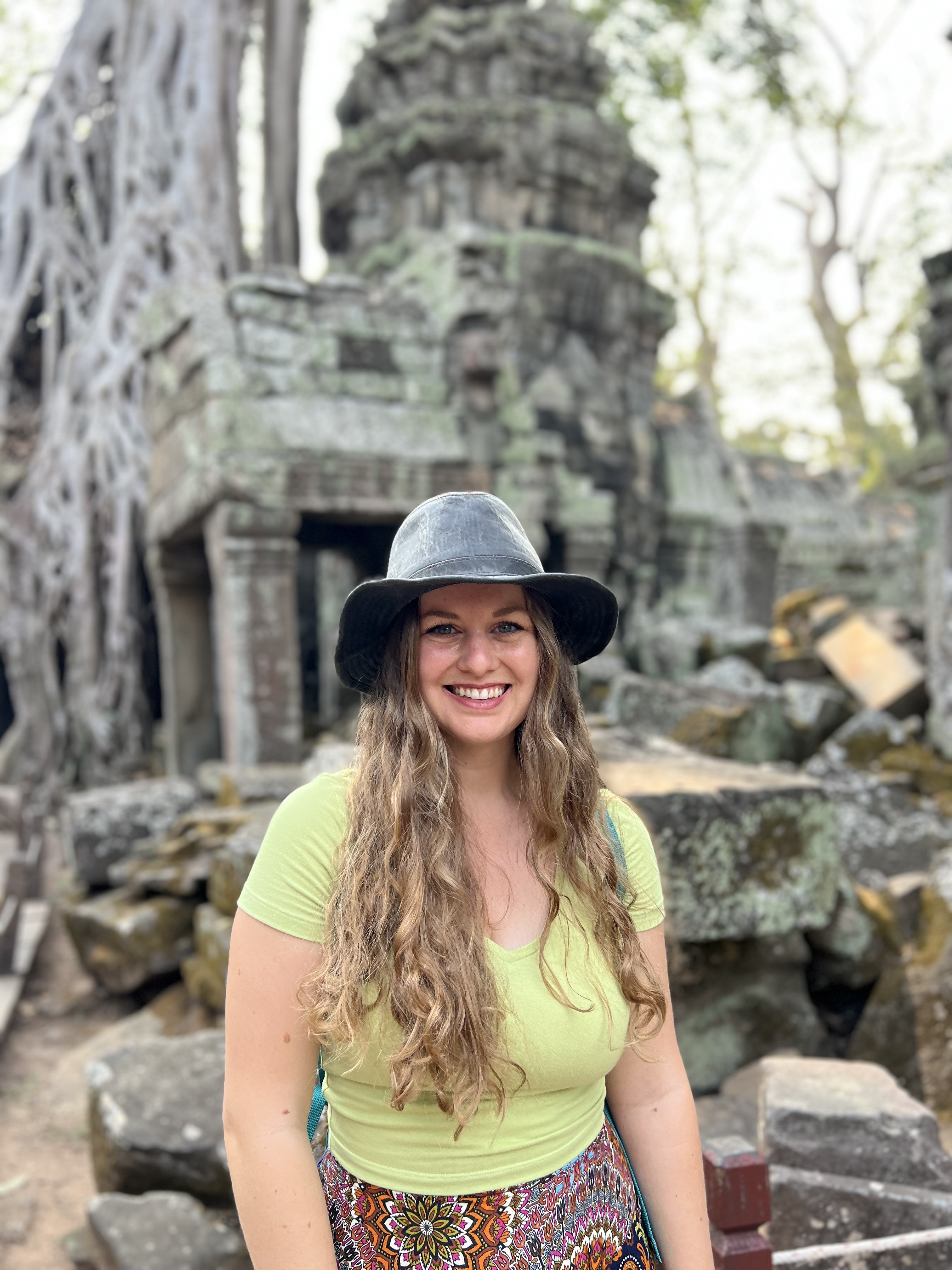
Travel Advisor
Kaitlin Murray

Get in touch with Kaitlin
Did you like this guide? Reach out to customize and book your own experience. Or, just to chat about travel in general.
You can normally expect a response from Kaitlin within a business day or so. You’ll also be subscribed to our travel newsletter (you can unsubscribe at any time).
This guide is a part of our ongoing series on travel to Egypt. For more travel tips, check out Fora Advisor Pam Hughet's guide, Luxury Egypt Tour: 10-Day Private Escape to Egypt.